Nicaraguan coffee producing area Java coffee beans lemon tree manor javanica coffee beans brewing flavor
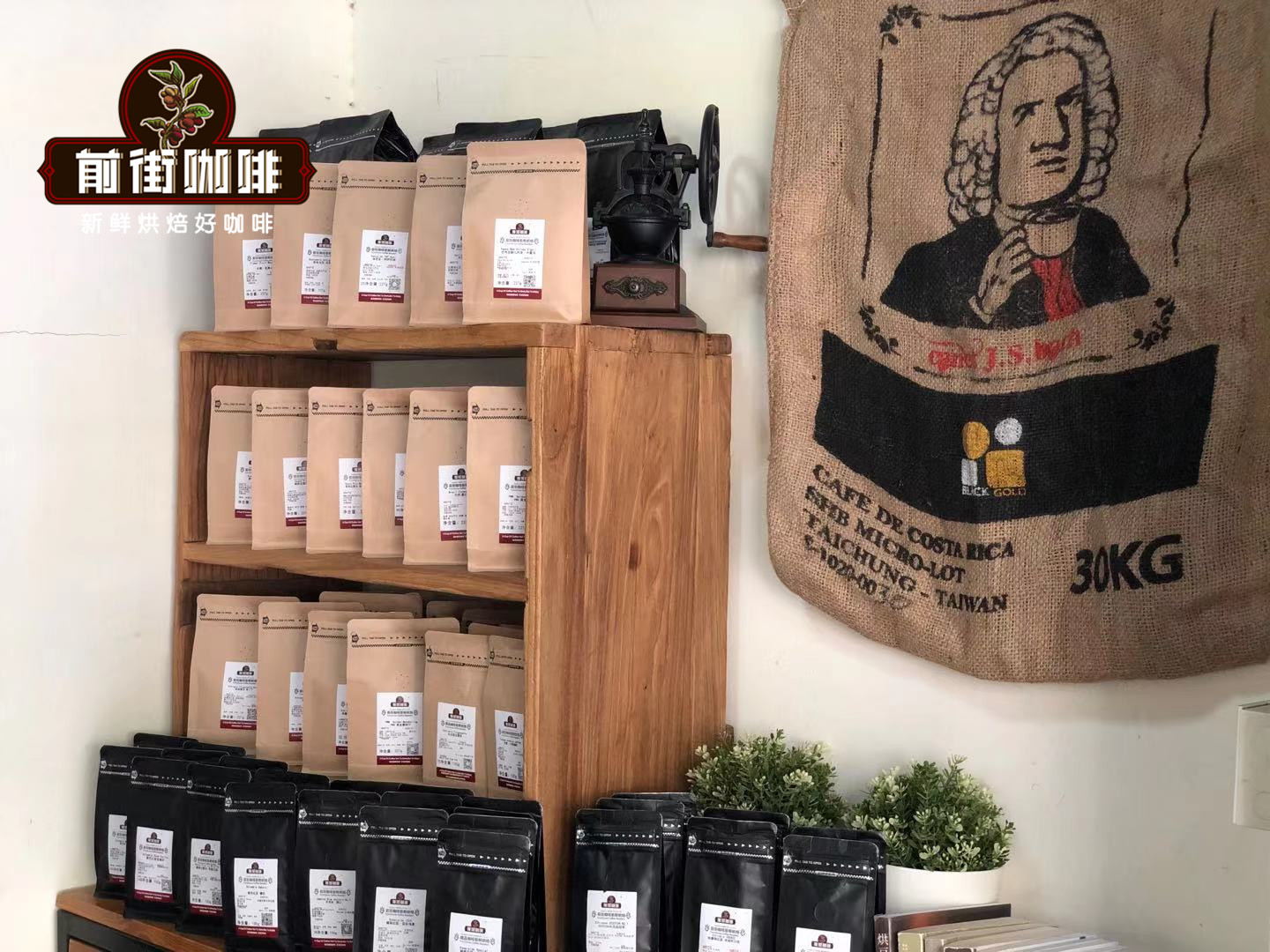
Professional coffee knowledge exchange more coffee bean information please follow the coffee workshop (Wechat official account cafe_style)
The father of Lemon Manor owner Irving accidentally saved the once-endangered Java coffee breed in a good deed, so what happened in between? In this article, let's talk about the story between lemon tree manor and Java coffee varieties.
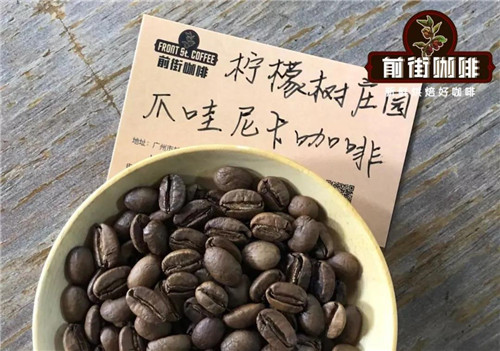
Front Street Coffee-Lemon Tree Manor Java Coffee beans
Producing area: Matagalpa, Nicaragua
Altitude: 850m-1150m
Variety: Java Nika
Treatment: low temperature anaerobic solarization
Nicaragua
Nicaragua
Nicaragua is located in the central part of Central America, bounded by Honduras in the north, Costa Rica in the south, the Caribbean Sea in the east and the Pacific Ocean in the west. The multi-sitting volcano in Nicaragua has laid the land with volcanic soil rich in minerals, and the diversified climate brought by different regions, coupled with shade planting methods, has established a good production environment. Jinotega, Matagalpa and Nueva-Segovia are the main producing areas of Nicaraguan boutique coffee. Nicaraguan coffee is tested in the front street. Its fragrance, soft acidity and excellent balance of bitter taste are the characteristics of this country's coffee.
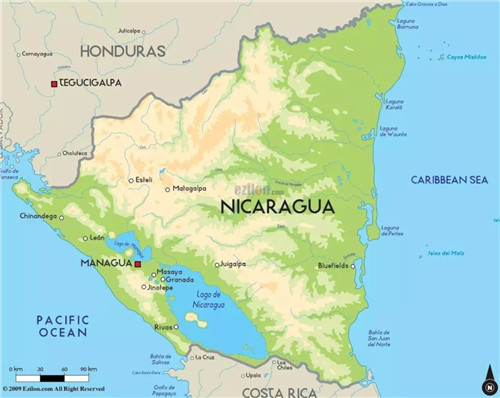
Matagalpa producing area
Matagalpa
Matagalpa (Matagalpa) is the most populated and second largest province in northern Nepal, with a cool climate and diverse ecology, creating natural conditions suitable for growing coffee. Altitude: 6-1300 meters, average temperature: 20-30 ℃, annual rainfall: 1500-1700 mm, November to March of each year is the harvest season in the production area. Lemon Tree Manor is located in the 850m-1150m area of the producing area. There are many towering coniferous forests around the planted coffee trees in this area, providing shade for the growth of coffee trees. This not only allows coffee trees to get sunlight, but also protects them from being burned by the scorching sun, which is why the coffee produced here is delicate and mild.
Lemon Tree Manor
El Limoncillo
The Lemon Tree Manor is located on the Matagalpa plateau. It is located on a steep ascent and is rich in water. In order to ensure the quality of coffee, garden owner Erwin Mierisch will use manual picking method to pick the fully ripe fruit one by one, which usually takes three times to complete.
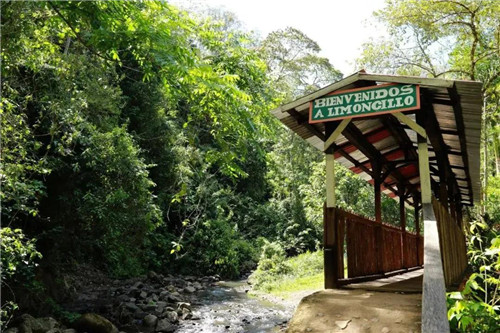
Although the manual picking method has high labor cost and low picking efficiency, it can greatly protect the plant from being hurt in the picking process, and the mature fruit will have better sweetness at the same time.
Where is Java Nika sacred?
Java Nica
The Java species was once in danger, and the modified variety was derived from the Java long species (Java-Long Berry), which is still found in Java, but the yield is small. Because of the poor disease resistance, the local farm has gradually changed to other varieties.
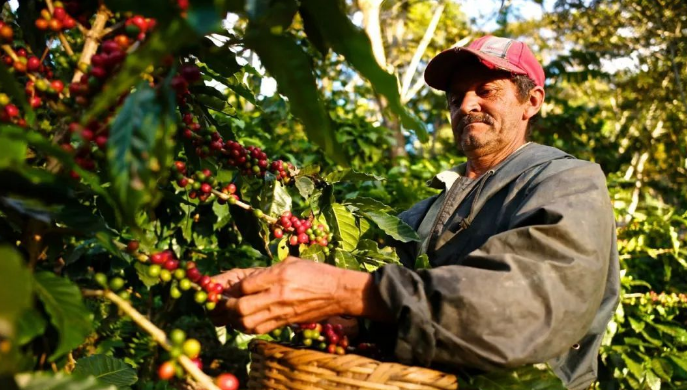
Java species are similar to iron pickups in shape, and are generally found in Java Island, Indonesia, where there are more shortberry long species. The appearance of the variety is rare, but the flavor is very clean and delicate. The Javanica variety saved by Lemon Tree Manor is closer to Java, with slender beans and curved ends.
Java Nika saved by accident
Saving
In 2001, the owner and his father drove to visit the owner of the Commission for discipline Inspection. On their way back to the United Coffee Experimental Station, someone tried to stop the car. Irwin said he wanted to go straight away, but his father insisted on stopping to see if he needed any help. It turned out that this man was working at the experimental station, which was forced to close due to lack of funds, and the experimental station had no cash to pay severance payment, so I had no choice but to stop the passing vehicles and ask if they could help buy the seeds and tools given to me by the lab. so that they can pay severance pay to the workers.
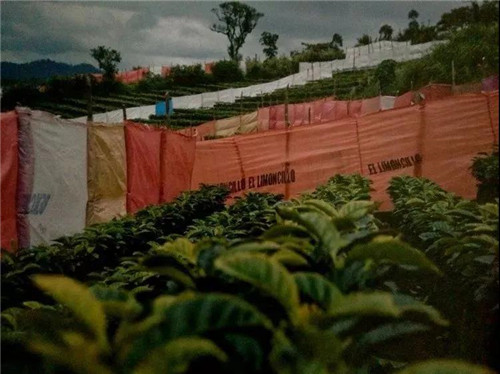
Irwin's father did not hesitate to say yes, and the words Java marked outside the experimental station did not arouse much curiosity, because the java species were strange to most Nicaraguan farmers, and Irwin did not feel the need to pay attention to unknown varieties. After returning to his manor, Irwin's father carefully examined the seeds, sowed and raised seedlings, and after the seedlings grew out, he took the seedlings to the scholars at the experimental station in the 1980s.
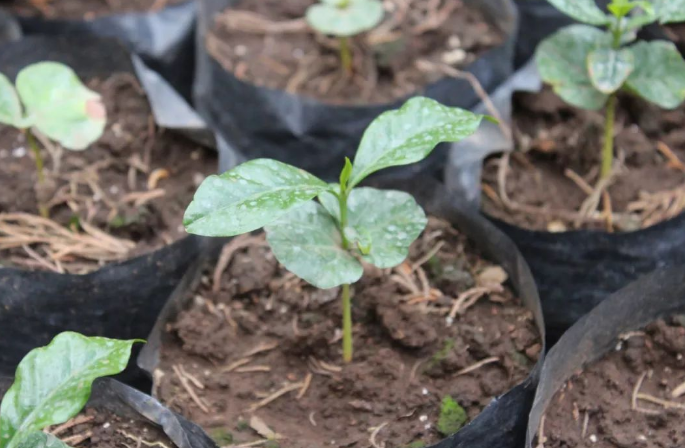
After three studies and confirmation, the scholar recognized that what Erwin and his son had inadvertently acquired was indeed a Javanese species. She said excitedly, "Java is a great species, but it is once endangered and worth planting and cultivating!" It should be noted that the harvest of the improved variety is not high, and the disease resistance is also good, but the flavor is very good and needs to be taken care of. "
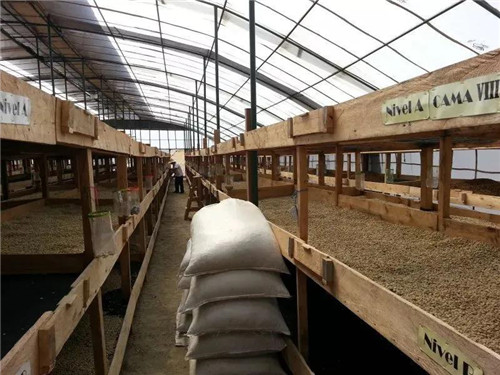
Ervin, the owner of the park, said later that he recalled a kind act that his father did not approve of, as well as the timely confirmation and advice of scholars, so that Irving won the runner-up in the first Nicaraguan Excellence Cup in 2008, and the amount of bidding even surpassed the champion of that year. Niaga Java became famous. And set off a huge topic in the coffee industry, because this coffee bean meets the needs of scarcity, good flavor and story.
Low temperature anaerobic solarization
Natural-ASD
Low temperature anaerobic solarization, also known as anaerobic fermentation low temperature slow solarization. First put the picked coffee berries in a sealed apparatus to ferment for 4-5 days, then spread the fermented coffee berries evenly on the sun bed in the greenhouse and let them dry at room temperature.

In front of the street, this Nicaraguan low-temperature and anaerobic sun-dried Java coffee beans are yellowish in color, with aromas of grass, slightly fermented wine and sweet and sour cherries.
Suggestion on coffee baking in Qianjie
Furnace temperature 180 ℃, firepower 130, throttle opening 3; temperature recovery point 1: 39: 32 "; when furnace temperature is 130 ℃, the throttle is opened to 4, the firepower remains unchanged. When the furnace temperature is 151.6 ℃, the bean table turns yellow, the smell of grass disappears completely, and enters the dehydration stage. When it comes to the stage of dehydration, ugly wrinkles and black markings appear on the bean surface, and the smell of toast obviously turns into coffee, which can be defined as a prelude to an explosion. At this time, you should listen clearly to the sound of an explosion point. When the air door opens to 5, it develops into a pot of 1 million 39 players 10 ", 193 ℃.
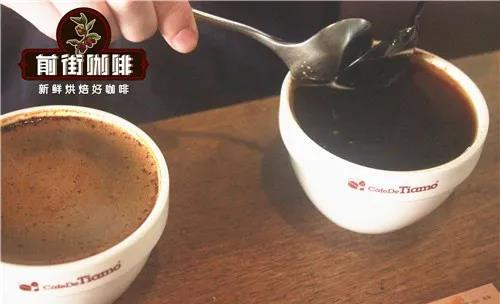
Coffee cup test report on Qianjie
Dry incense: chocolate, spices
Wet fragrance: berries
Flavor: lemon, licorice, honey, fermented tea
Experience of brewing coffee in Qianjie
Filter cup: V600001
Water temperature: 90-91 ℃
Powder content: 15g
Powder / water ratio: 1:15
Degree of grinding: medium and fine grinding (79% of Chinese standard No. 20 screen pass rate)
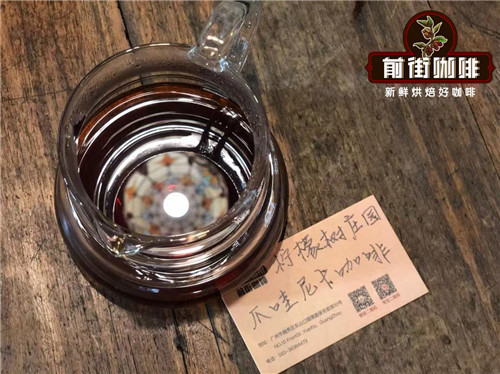
Qianjie cooking technique: three-stage extraction. Steam with 30 grams of water for 30 seconds, small water flow around the circle to 125 grams for sectional injection, water level drop is about to expose the powder bed, continue to inject water to 225 grams to stop injection, and so on when the water level drop is about to expose the powder bed, remove the filter cup, (steaming starts timing) the extraction time is 1 minute 39 percent 57 ".
Brewing flavor: the bright acidity of lemon at high temperature and the sweetness of honey, the fermented tea feeling like black tea after cooling down slowly, the complex juice feeling makes the taste buds full, and finally the licorice-like finish.
For more boutique coffee beans, please add private Qianjie coffee on Wechat. WeChat account: kaixinguoguo0925
Important Notice :
前街咖啡 FrontStreet Coffee has moved to new addredd:
FrontStreet Coffee Address: 315,Donghua East Road,GuangZhou
Tel:020 38364473
- Prev
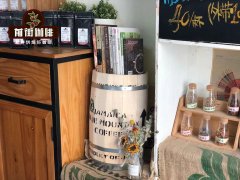
Why don't cherry blossom coffee beans in Paradise Manor taste cherry blossom? How to brew Colombian cherry blossom coffee
Professional coffee knowledge exchange more coffee bean information please follow the coffee workshop (Wechat official account cafe_style) what is the taste of cherry blossoms? This is the question that many people ask most when they see this coffee bean in front of the street. According to Qianjie friends recall the taste of cherry blossoms, the aroma of cherry blossoms will have a light smell.
- Next
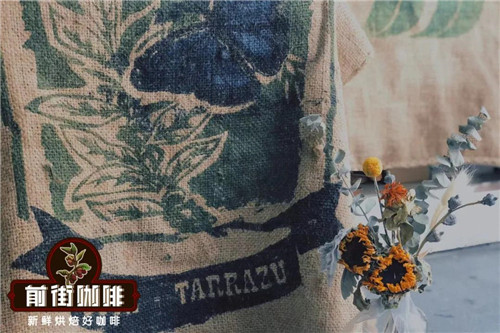
Coffee bean yellow honey treatment with honey? Why is honey treatment sweet? Where does the sweetness of coffee beans come from
Professional coffee knowledge exchange more coffee bean information please follow the coffee workshop (Wechat official account cafe_style) Costa Rica production area information News! So far, COVID-19 has not been well controlled in the Americas, and the borders of Central American countries have been blocked, which has led to extremely inconvenient labor exchanges between countries, and many countries are lack of labor during the coffee harvest season.
Related
- Beginners will see the "Coffee pull flower" guide!
- What is the difference between ice blog purified milk and ordinary milk coffee?
- Why is the Philippines the largest producer of crops in Liberia?
- For coffee extraction, should the fine powder be retained?
- How does extracted espresso fill pressed powder? How much strength does it take to press the powder?
- How to make jasmine cold extract coffee? Is the jasmine + latte good?
- Will this little toy really make the coffee taste better? How does Lily Drip affect coffee extraction?
- Will the action of slapping the filter cup also affect coffee extraction?
- What's the difference between powder-to-water ratio and powder-to-liquid ratio?
- What is the Ethiopian local species? What does it have to do with Heirloom native species?

